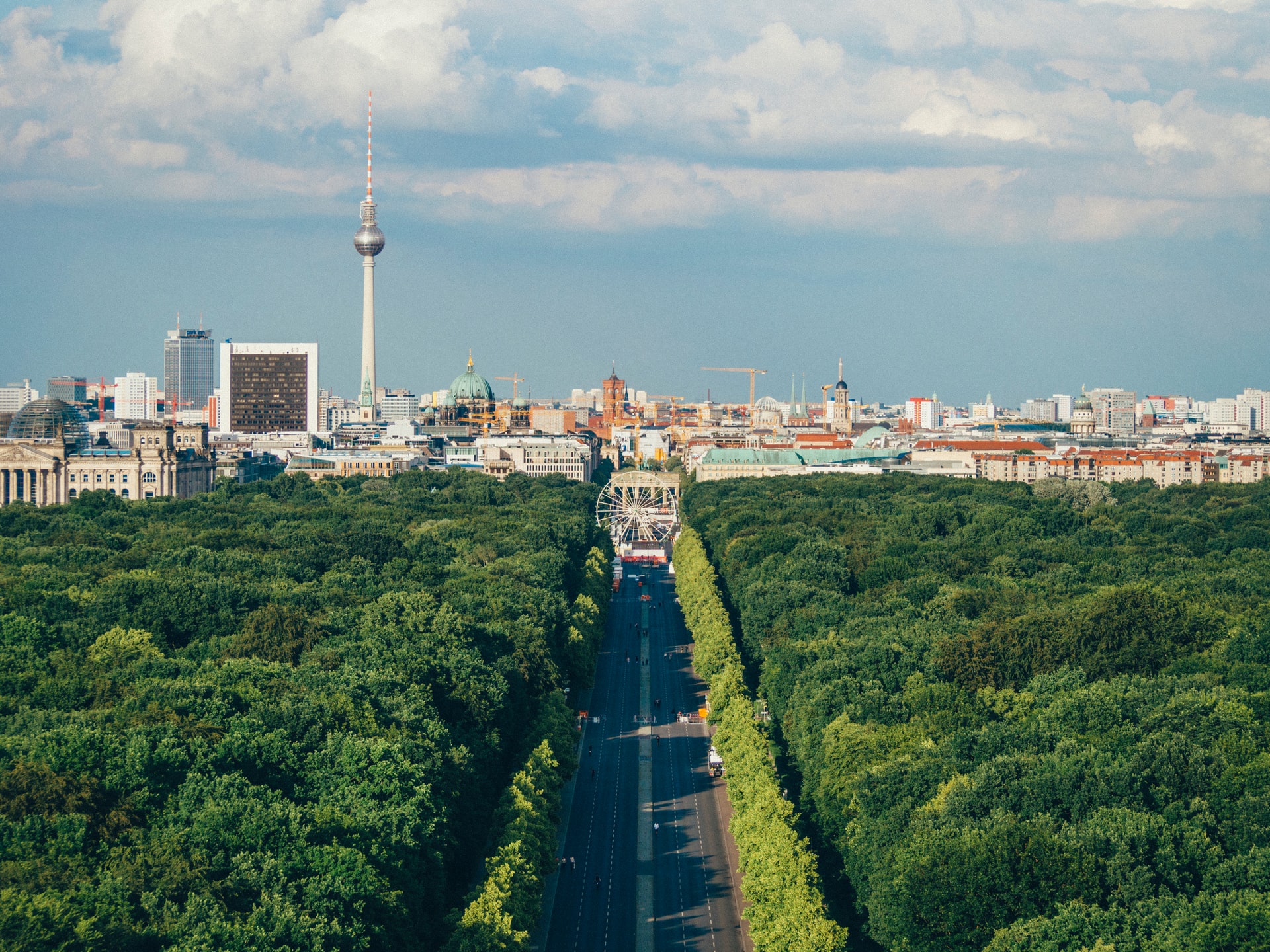2022 is turning out to be a definitive year for cannabis reform in Europe. Multiple states are moving forward to expand their medical use laws – and some are even starting to tackle the thorny issues around full legalization.
Multiple states are moving forward with cannabis reform in Europe this year. Regardless of the recreational end goal, there are several big differences between the American and European paths to full cannabis legalization.
The biggest difference between the U.S. and EU states is that medical reform is happening first and at a federal level. This is creating a more regulated and formal environment that makes the industry at one level vastly different from the U.S. and Canada.
Federal Reform
The biggest difference between America’s and Europe’s trajectory on reform is that, in Europe, each country is a sovereign state. That means changes in cannabis reform are federal. A large challenge for the EU is figuring out how to proceed with recreational cannabis legalization while also staying compliant with the 1961 Single Convention on Narcotic Drugs. This international treaty is currently the global ruling regulation against which all of this reform is taking place. At the United Nations in December 2020, the commission voted to reclassify cannabis, opening the door to allowing countries and regions to move forward on reform. However, at that same commission, the world’s two largest economies, U.S. and China, voted against removing cannabis from its global Schedule I designation.
A workaround to the 1961 treaty is being explored in Germany, the EU’s largest economy and the world’s fourth largest. The country has the specific steps necessary to fully legalize the plant. This in turn is creating a pathway for the nascent industry to develop in other countries.
German Recreational Reform
By far the most significant recreational cannabis reform in Europe, if not globally, is occurring aus Deutschland right now. The country began its experimentation with medical reform in 2017 by mandating that the statutory health insurers, who cover about 90% of the population, were required to reimburse medical cannabis costs when prescribed by a doctor. While there certainly has been an increase in patient numbers, there are still many problems—particularly as insurers have gotten increasingly reluctant to reimburse claims. Many patients end up suing their insurance companies for the same—which may sound familiar to American ears but is actually almost unheard of in Germany.
When the country went to the polls last fall, they chose a new government. The Christian Democrats (or CDU) were voted out of office. The country is now being run by the so-called Traffic Light Coalition— named after the red, gold, and green colours of the three winning parties. These parties are the Social Democratic Party (SPD), a centre left party, the Free Democratic Party (FDP), a libertarian leaning party and the Greens. To date, cannabis reform has been advocated by the FDP and the Greens—but after the election, CDU officials, including the current Health Minister Karl Lauterbach, have changed their stance on cannabis reform. As a result, adult use cannabis legalization became a government priority.
This summer, the initiative has moved forward fairly dramatically, particularly for Americans used to the delay on the federal level at home. First the Bundestag (German Parliament) budget committee challenged the Minister of Health to introduce a passable bill by the end of the year—or he would forfeit a million dollars in PR budget. Then in June, the government held hearings that lasted about three weeks and included about 200 experts—including those in the industry, as well as regulatory agencies, doctors, and others whose work intersects with cannabis.
The latest information is that the government will present a white paper of the findings of these hearings by fall and introduce a draft bill by the end of the year. This legislation is expected to pass early in 2023, with a recreational market beginning probably in early 2024.

The German Domino Effect
Other countries in Europe are also explicitly stating that, while legalization is in their roadmap, they are following the lead being set in Germany.
Luxembourg and Portugal are expected to follow suit, although the exact timing is still unclear. Malta has begun the process by implementing home grow reform.
Beyond this, the Brexited UK is also moving forward, although their progress so far is a bit different. Technically, medical cannabis is legal in the UK and has been since 2018, but access is exceedingly difficult. In addition, the government has now formalized a CBD market containing 12,000 approved products for sale. Recreational reform is off the table on the mainland for now, even though the Channel Island of Guernsey continues to circle around the topic of full cannabis reform.
The only exception to all of this progress is Holland. The country’s insurers actually decided to stop reimbursing cannabis as medicine at the same time that the German government decided to start in 2017. Since then, Germany has exported medical cannabis across the border and is expected to implement a federally overseen cultivation system next year that will feed the coffee shops in most of the country (except for Amsterdam and a few other of the largest Dutch cities).
The Medical Market Has Created a Dynamic European Cannabis Industry
Even before the recreational reform question was publicly broached, Germany’s impact on the entire reform movement across the continent was large—and for a very simple reason. The country had begun to source medical grade, or GMP cannabis, from other countries because the three companies in Germany, which won the cultivation tender for medical cannabis in 2019, could not grow fast enough to meet domestic demand.
As a result, producers in Greece, Portugal, and Spain have all developed cannabis export businesses bound for Germany. Legislators in all of the above countries have also implemented medical cannabis reform in the meantime. Medical use is allowed under international drug laws, as cannabis is regulated now as both a Schedule I and Schedule II drug.
France, which is the largest hemp producer in Europe, has also reluctantly moved into a medical trial, and Spain, as of this summer, has formally recognized the medical efficacy of cannabis.
On The Horizon
The list of European countries beyond Germany moving firmly towards adult use regulation include Malta, Luxembourg, Portugal, and Italy. All of these countries have implemented medical reform and created at least some pharmaceutical cannabis infrastructure. In addition, all of these countries have or are on the brink of legalizing home grow as the first step towards full legalization. Switzerland, which is not a member of the EU, embarked on a recreational trial this summer.
Coming closely behind is Austria, which, thanks to its membership in the three-country trade alliance called the DACH, which also includes Germany and Switzerland, is expected to progress on reform more or less in step with its trade partners.
There are many debates to come—and many challenges yet to be solved. But one thing is certain: several states are going “green,” and Germany is widely expected to beat the U.S. to the punch when it comes to full and final recreational cannabis reform in Europe.
Photographs from top: Massimo Virgilio and Adam Vradenburg via Unsplash

Marguerite Arnold
Marguerite Arnold is an entrepreneur, consultant, and journalist located in Germany. She is also the author of two books about the cannabis industry.
